This article explores the SQL Server PRINT statements, and its alternative SQL Server RAISEERROR statements to print messages in a query.
Read more »
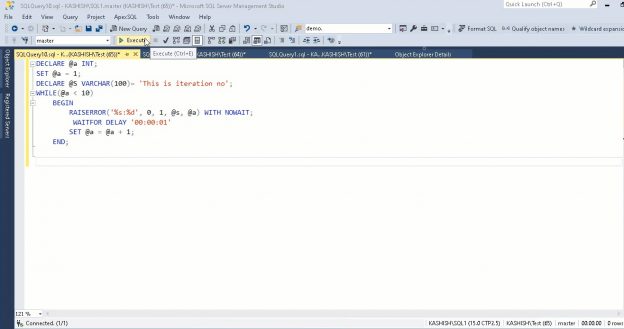


This article explores the SQL Server PRINT statements, and its alternative SQL Server RAISEERROR statements to print messages in a query.
Read more »
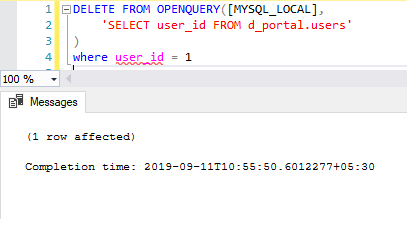
Microsoft SQL Server and MySQL, both are quite well-established database engines. In our role as a DBA, at some given time point we require T-SQL straddling between both database engines unites Select, Insert, Update, Delete and some other…
Read more »
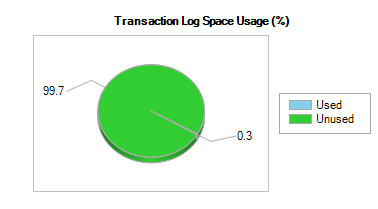
Truncating a table is removing all the records in an entire table or a table partition. TRUNCATE table is functionally similar to DELETE table with no WHERE clause. However, TRUNCATE table is much faster than DELETE with respect to the time and the resource consumptions which we will look at in this article. TRUNCATE statement removes the data by de-allocating the data pages in the table data. This means that TRUNCATE is similar to drop and re-create the table. Also, it records only the page de-allocations in the transaction log, not the row-wise as in DELETE statement.
Read more »
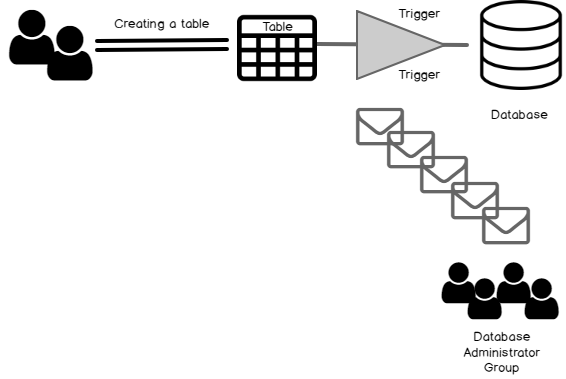
This article portrays the different utilization of database DDL Triggers for the Tables with a counting mail alert on schema composition using DDL (Data Definition Language) standard. Using that efficient method we can keep close eyes on monitoring schema changes in any database of SQL Server. We’ll also see how we could monitor these movements and send an alert email to persons responsible to inform about this change.
Read more »
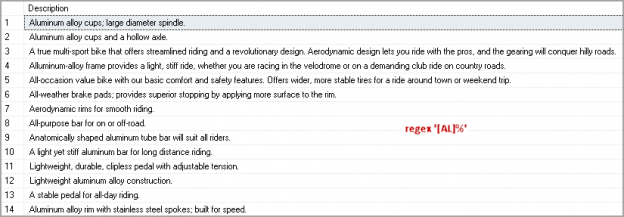
This article explores T-SQL RegEx commands in SQL Server for performing data search using various conditions.
Read more »

This article gives an overview of SQL UPPER function and SQL LOWER function to convert the character case as uppercase and lowercase respectively.
Read more »
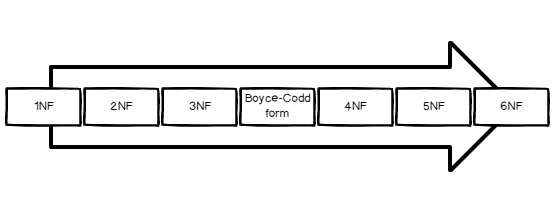
In this article, we will explore the process of SQL Delete column from an existing table. We will also understand the impact of removing a column with defined constraints and objects on it.
Read more »
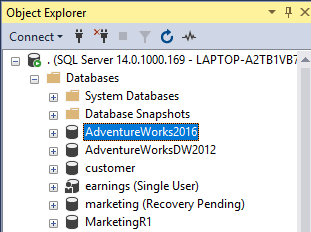
In this article, we’ll take a look at a brief TSQL history and a few examples of loops, conditionals, and stored procedures
Read more »
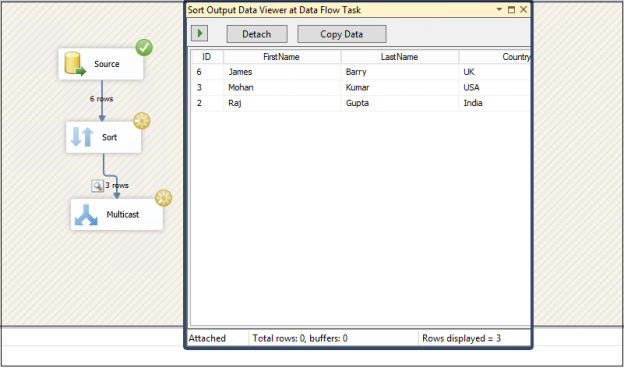
This article explains the process of performing SQL delete activity for duplicate rows from a SQL table.
Read more »
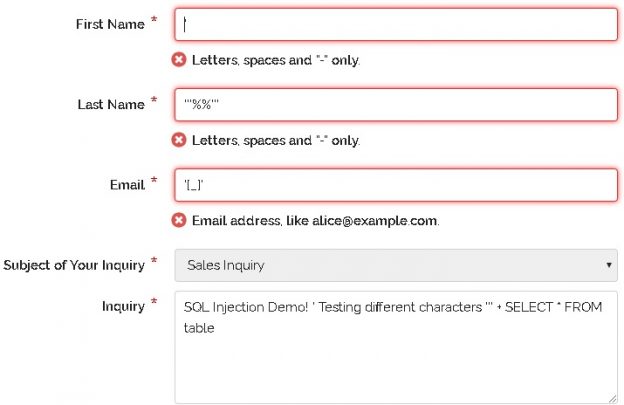
With an understanding of what SQL injection is and why it is important to an organization, we can shift into a discussion of how to prevent it. We ultimately want systems where SQL injection is impossible or very difficult to pull off. We then want systems where exploiting bugs is slow, laborious, and likely to raise monitoring alarms within an organization when attempted. The trio of layered security, prevention, and alerting can provide an immense advantage against not only SQL injection, but other data security threats.
Read more »
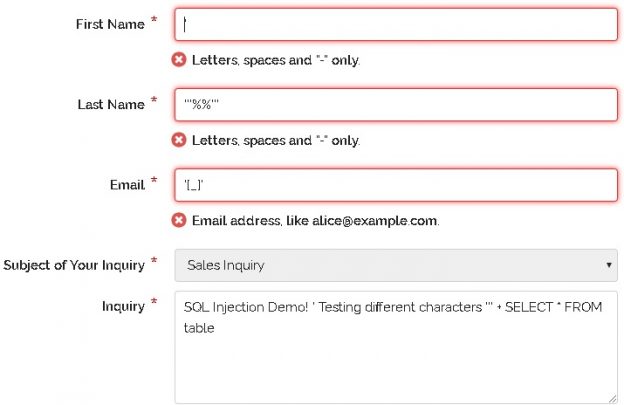
Many security vulnerabilities are discovered, patched, and go away forever. Some linger and continue to plague software development and will continue to do so for years to come. Setting aside social engineering and non-technical attacks, SQL injection remains one of the top security threats to our data, as well as one of the most misunderstood.
Read more »
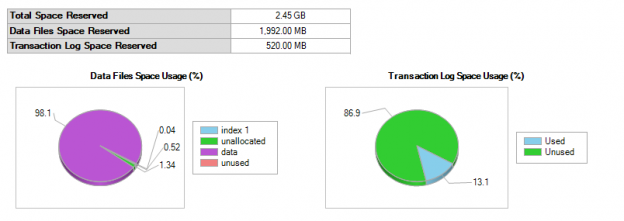
In this article, we will explore SQL Server ALTER TABLE ADD Column statements to add column(s) to an existing table. We will also understand the impact of adding a column with a default value and adding and updating the column with a value later on larger tables.
Read more »
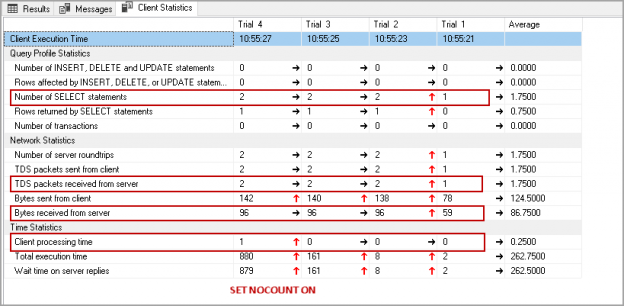
Have you ever noticed SET NOCOUNT ON statement in T-SQL statements or stored procedures in SQL Server? I have seen developers not using this set statement due to not knowing it.
Read more »

In this article, we will learn usage details of the sp_updatestats built-in store procedure which helps to update all statistics in a SQL Server database. First of all, we will take a glance at the statistics concept in SQL Server.
Read more »
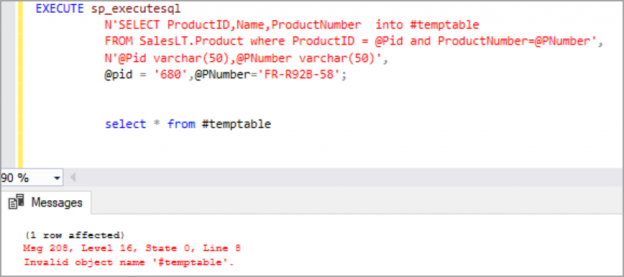
In this article, we will review how to construct and execute dynamic SQL statements in SQL Server with different examples.
Read more »
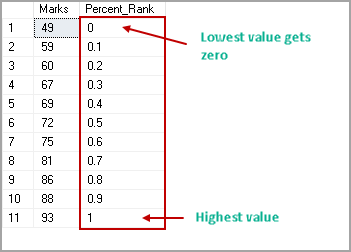
This article explores the SQL Server PERCENT_RANK analytical function to calculate SQL Percentile and its usage with various examples.
Read more »
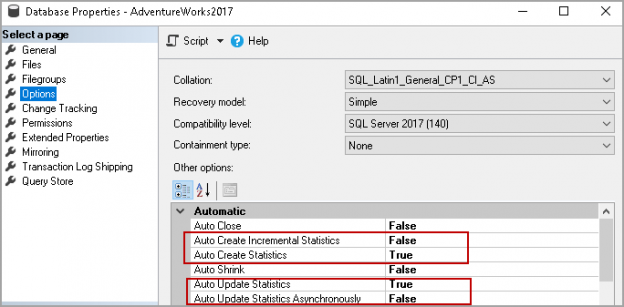
This article gives a walk-through of SQL Server Statistics and different methods to perform SQL Server Update Statistics.
Read more »

This is the fifth article of a series dedicated to discovering geographic map tools in Power BI.
Read more »

This article gives an overview of the SQL STUFF function with various examples.
Read more »
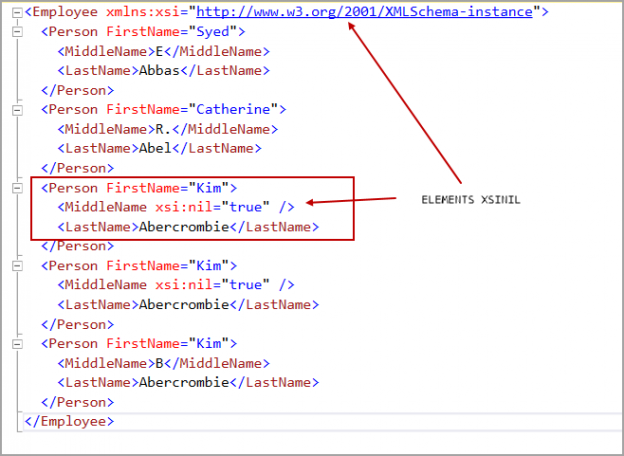
As SQL professionals, we often have to deal with XML data in our databases. This article will help you walk through several examples of using ‘FOR XML PATH’ clause in SQL Server.
Read more »
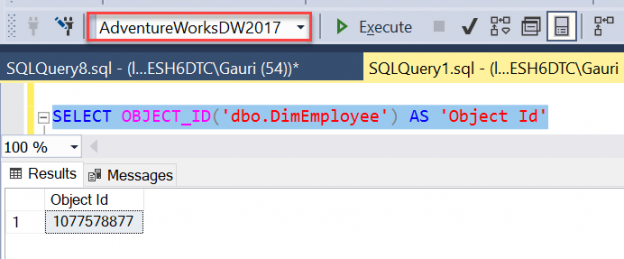
In this article, we will demonstrate T-SQL metadata functions available in the SQL Server.
Read more »
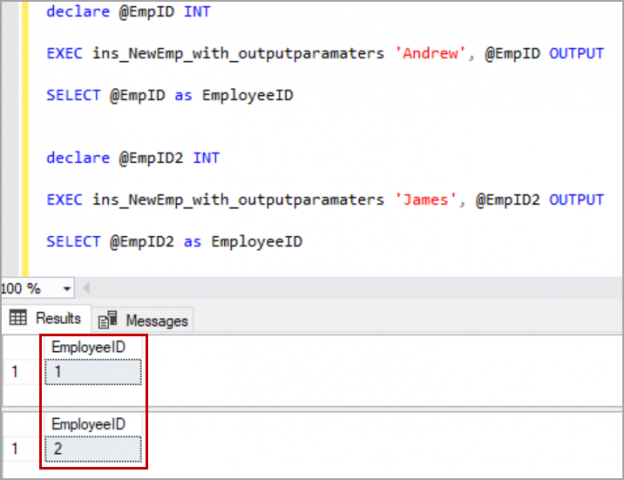
In this article, we will learn how to create stored procedures in SQL Server with different examples.
Read more »
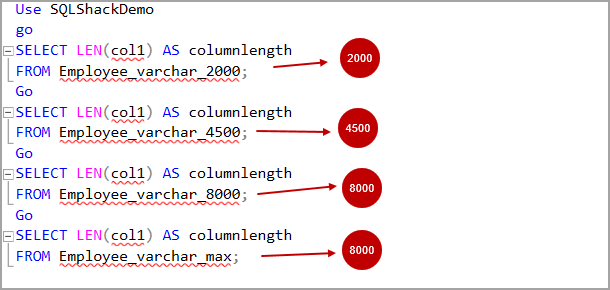
I have seen that SQL developers use varchar(max) data while designing the tables or temporary tables. We might not be sure about the data length, or we want to eliminate the string or binary truncation error.
Read more »

This article gives an overview of the SQL Server DBCC FREEPROCCACHE command and its usage with different examples.
Read more »
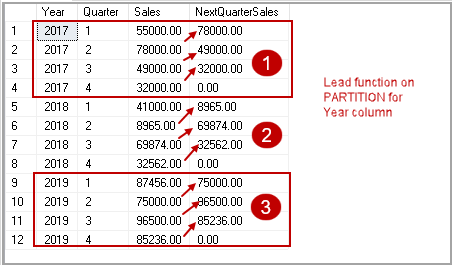
This article explores the SQL Server Lead function and its usage with various examples.
Read more »© Quest Software Inc. ALL RIGHTS RESERVED. | GDPR | Terms of Use | Privacy